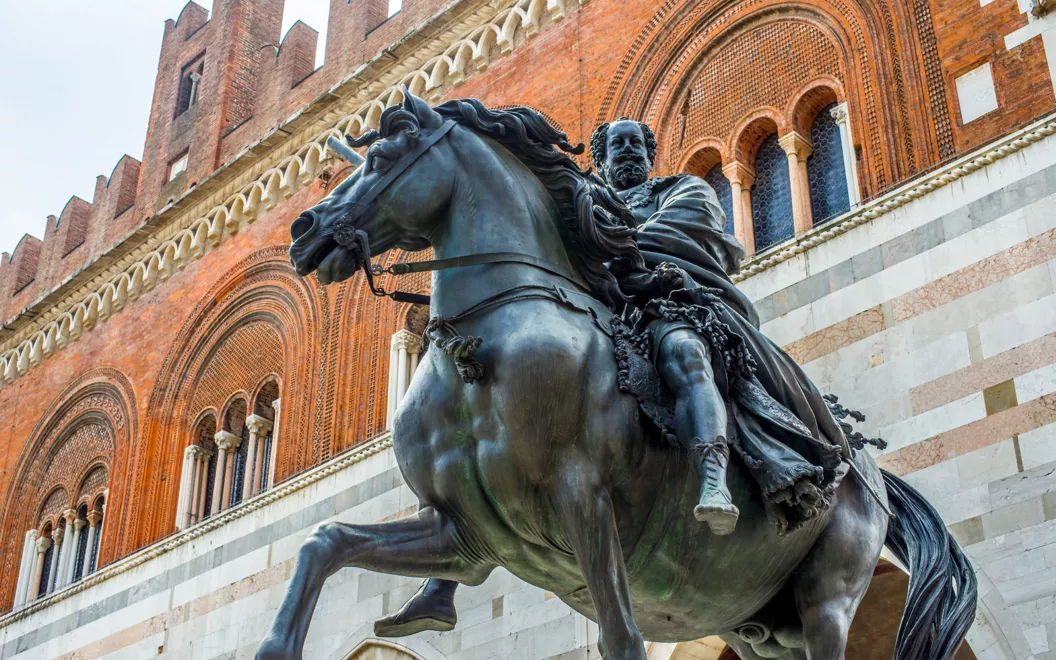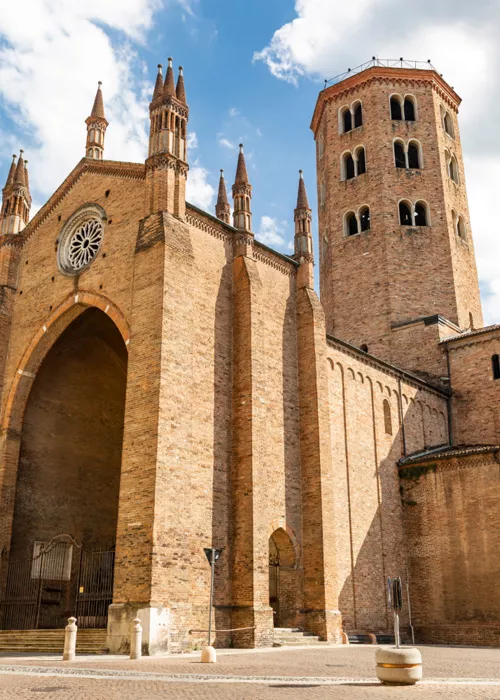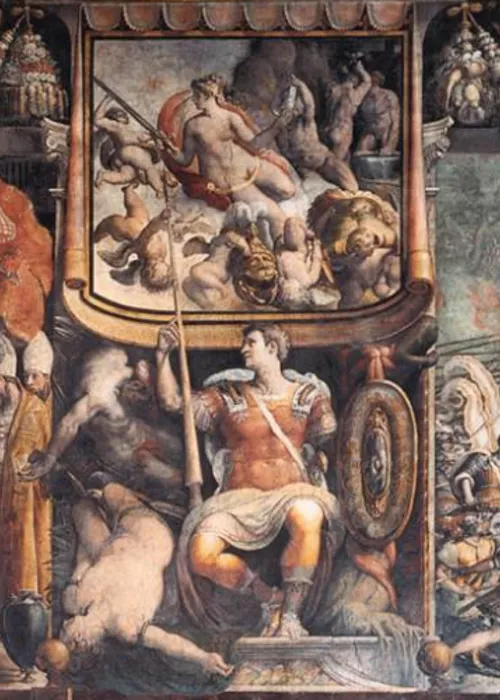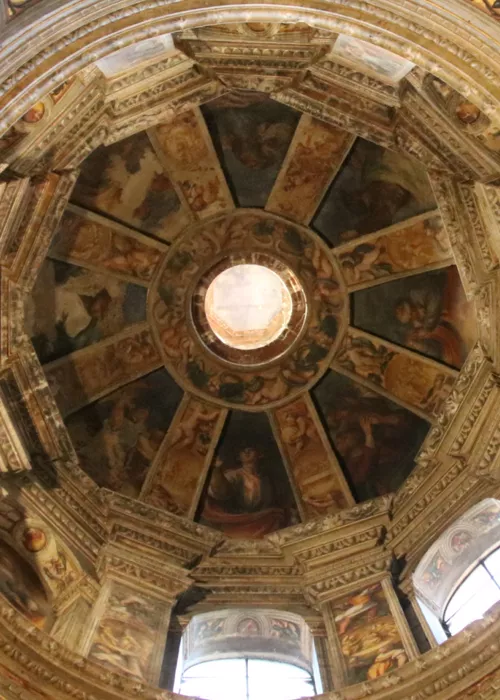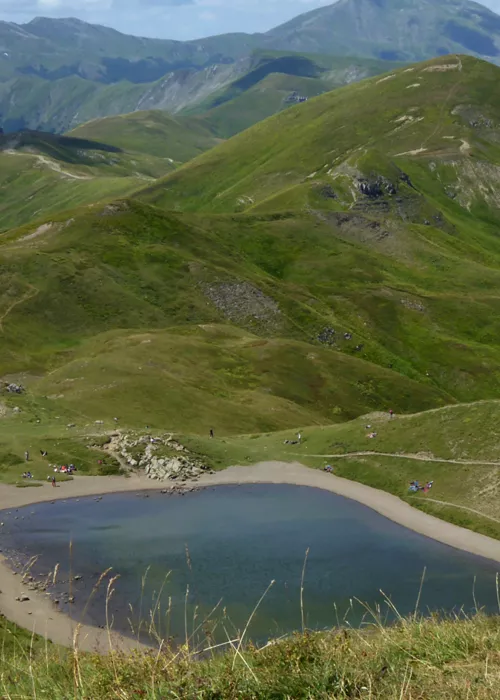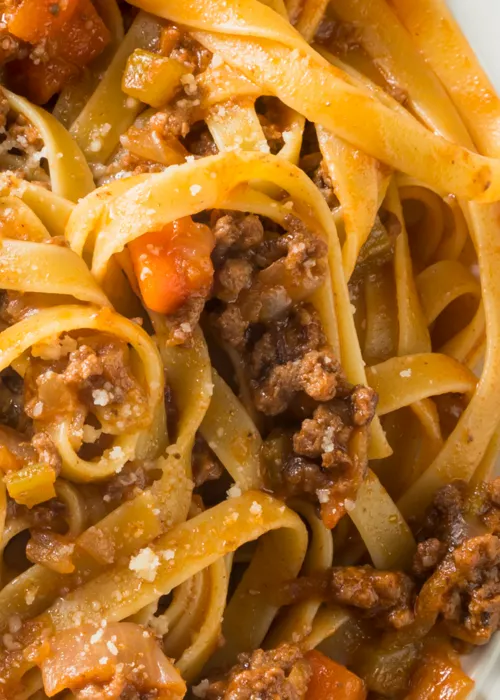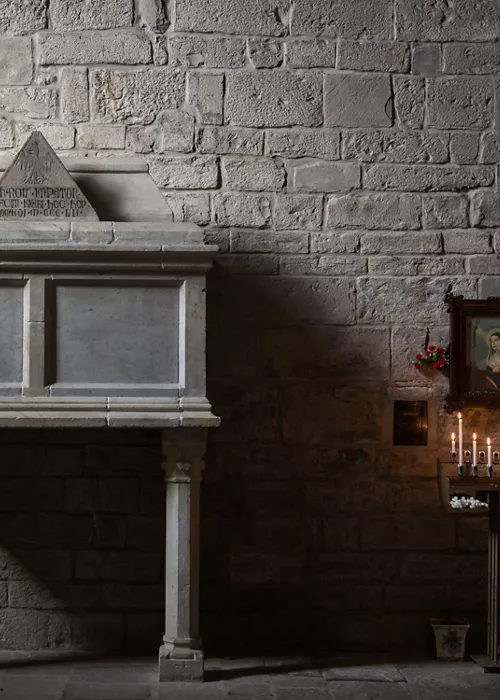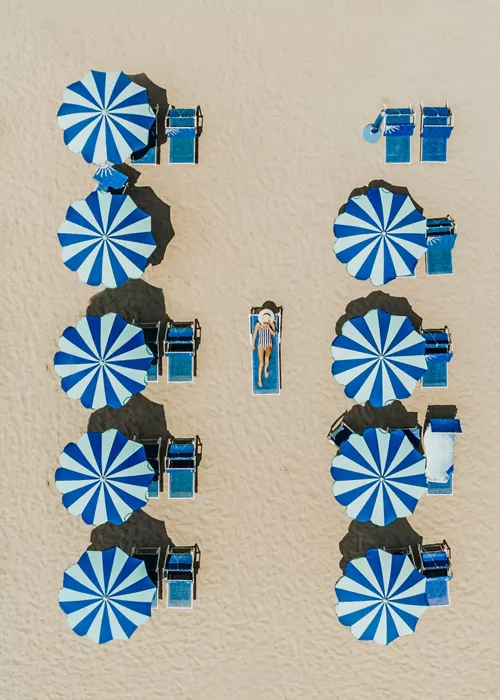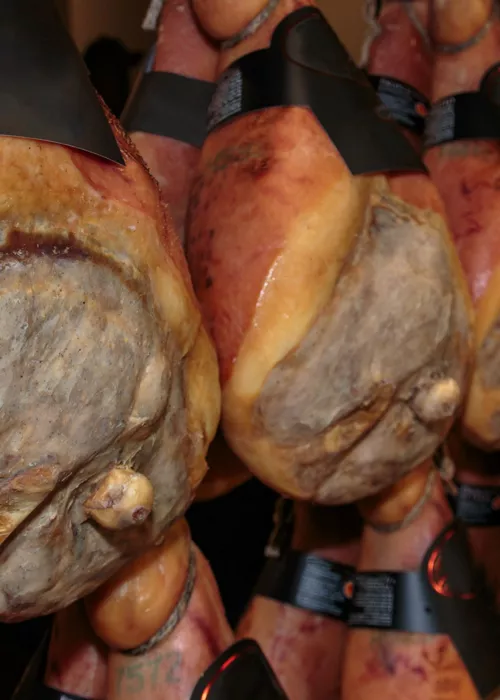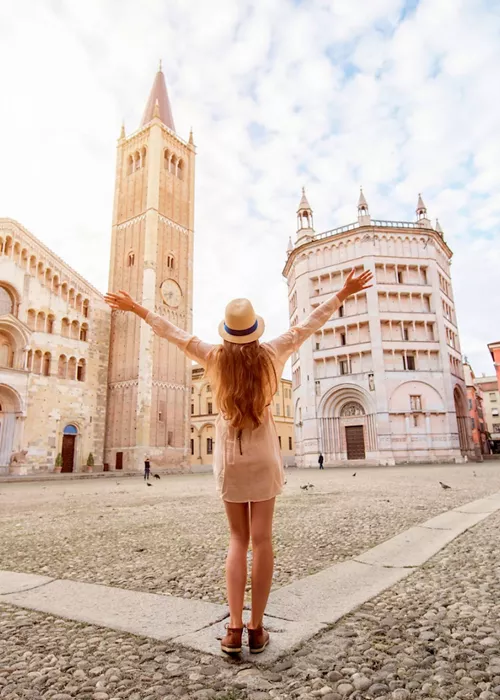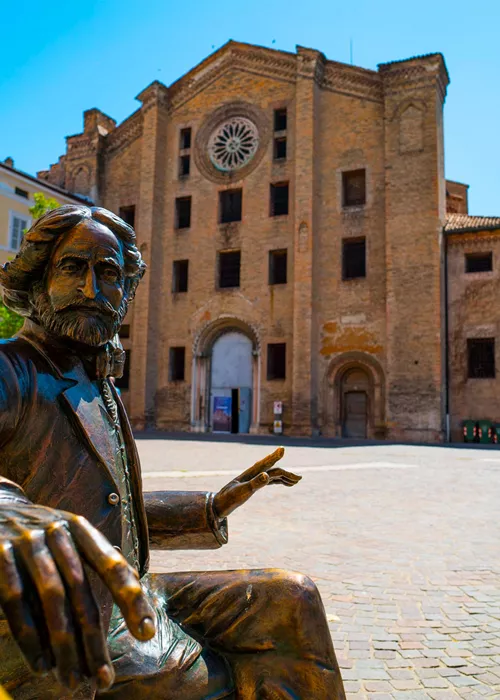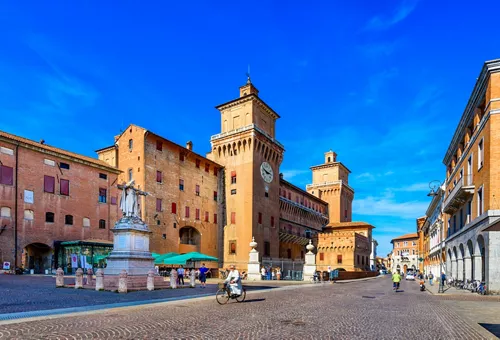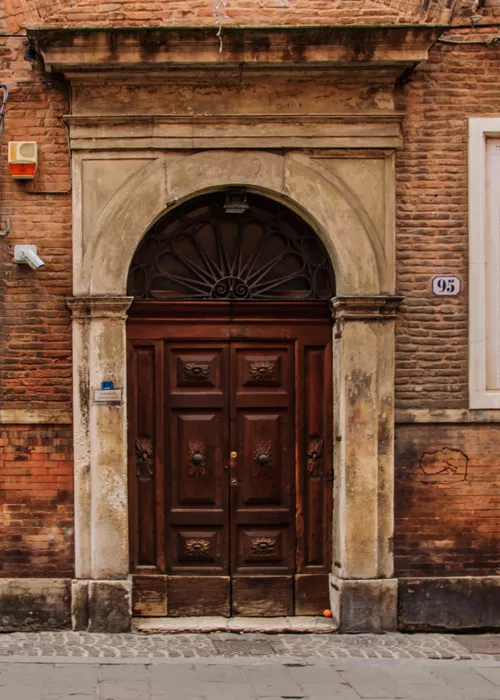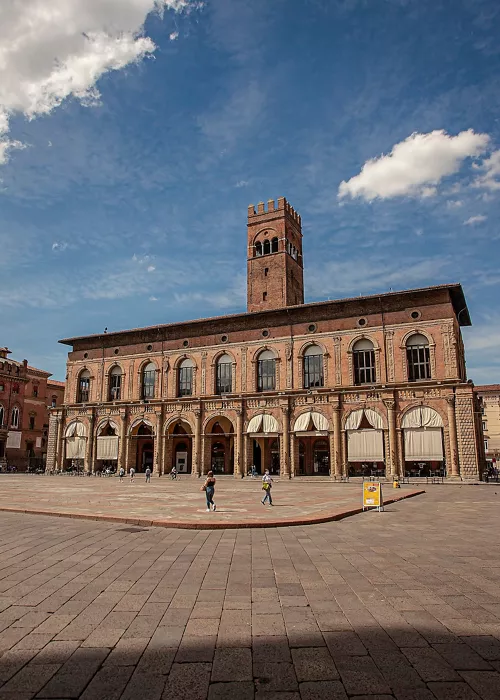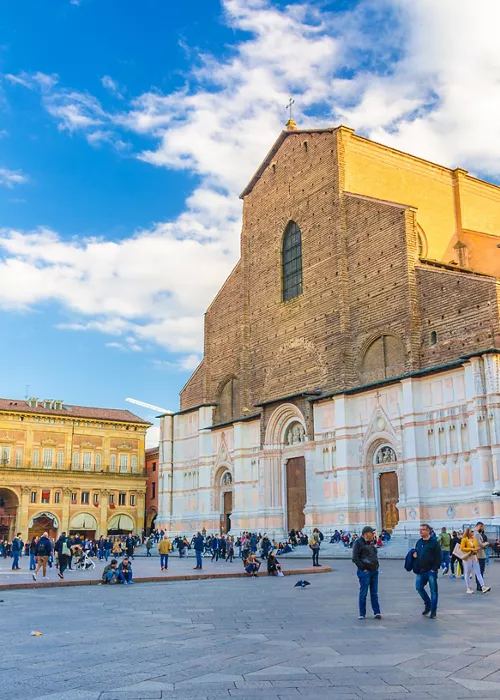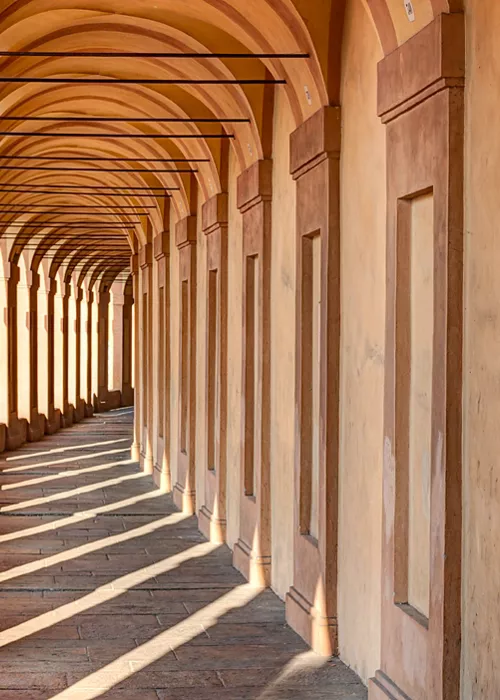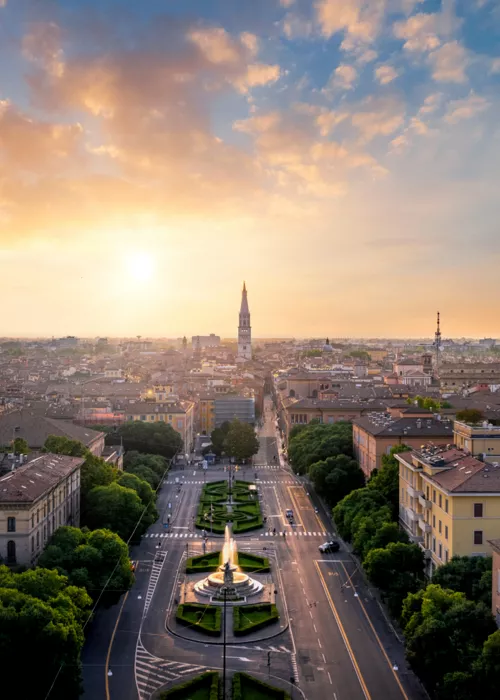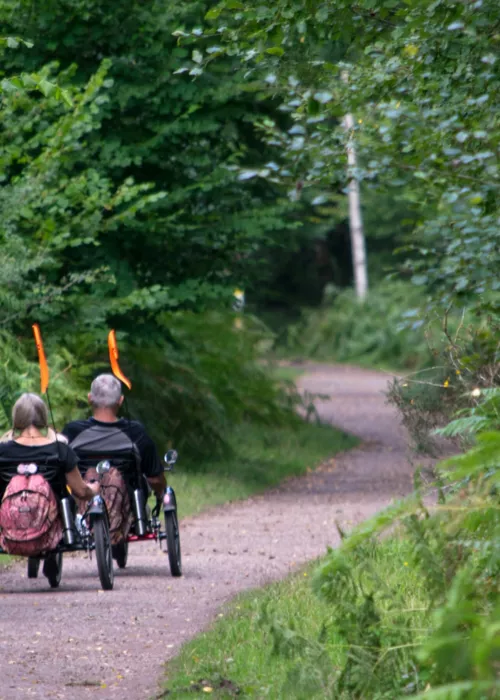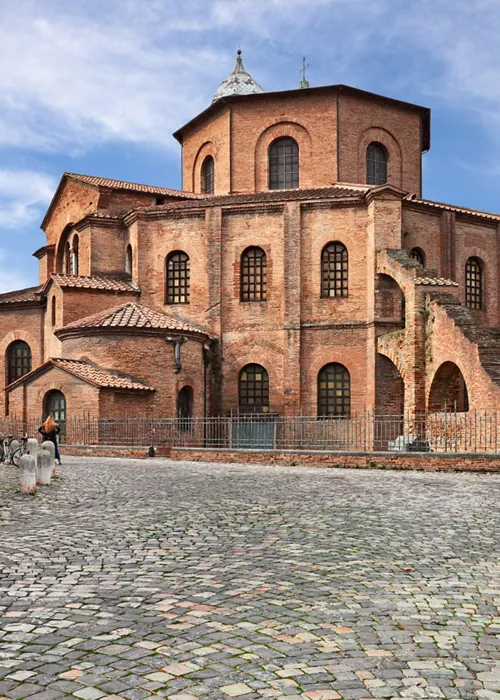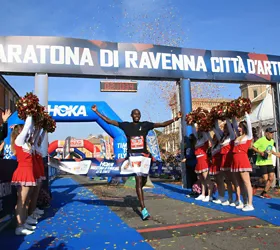The Farnese in Piacenza
3 minutes

Lying on the river bank, the end point of the great Via Emilia, Piacenza is the oldest Latin colony in northern Italy and, along with nearby Cremona, one of Emilia's most surprising cities.
Located close to the border between four regions – Piedmont, Lombardy, Liguria and Emilia-Romagna – it has always been an important waypoint. The Via Francigena also passed through Piacenza, whose museums display numerous artefacts that recall a long history of pilgrims, merchants, wanderers and noble travellers. The Renaissance splendour of the great Farnese dynasty, which dominated the city following the creation of the Duchy of Parma and Piacenza (1545) by Pope Paul III Farnese, enriched Piacenza with unmissable artworks and sights.
The transformation of the urban fabric
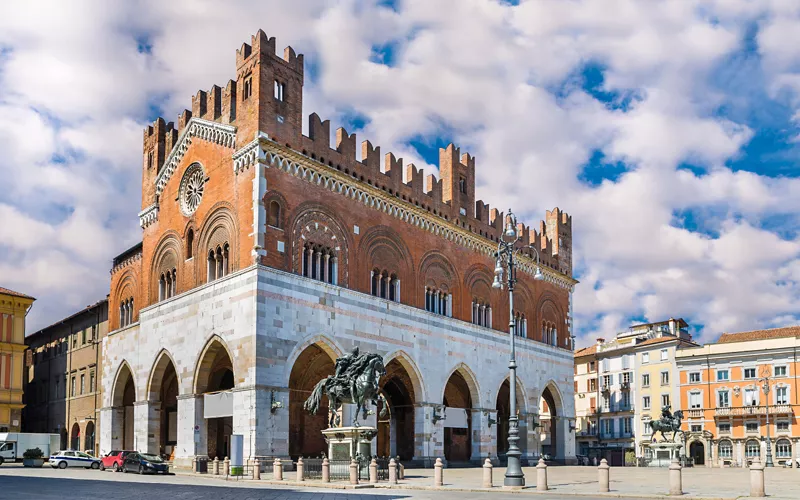
Implementing a policy to centralise power and control over the rural aristocracy, the Farnese forced them to take up residence in the city, leading to a widespread transformation of the urban fabric that saw as many as 120 new buildings constructed in just under a century.
The city was therefore enriched with fine buildings featuring porticoed courtyards, hidden gardens, balconies, gates and scenic staircases that still showcase the important historical legacy of the city centre to those visiting Piacenza today.
Farnese Palace
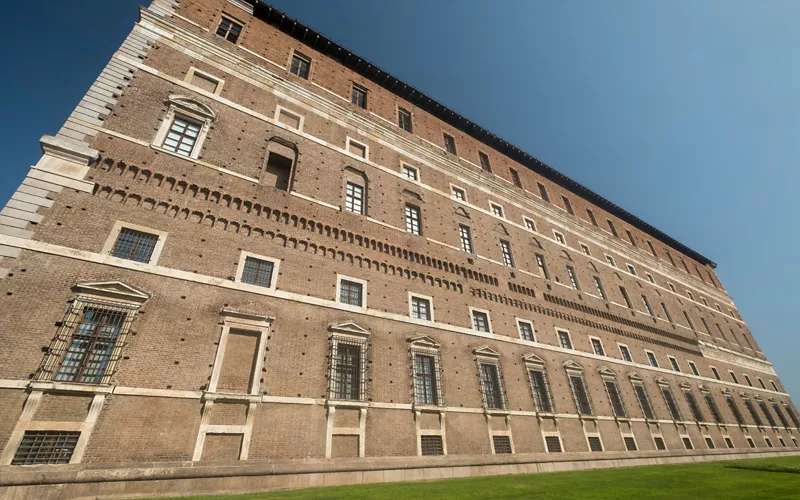
Our itinerary starts in Piazza Cavalli, where the equestrian monuments of Alessandro and Ranuccio Farnese, masterpieces of the Baroque period, offer a majestic welcome and lead the way to the nearby Palazzo Farnese.
Built in the second half of the 16th century under the guidance of Vignola, the imposing building, which housed many homeless people during the Second World War, is now home to the city's Civic Museums.
Of the many works of art preserved there, Botticelli's Tondo of the Virgin and Child with Saint John certainly merits a mention. The room that perhaps best professes the splendour of the family is the Sala dei Fasti Farnesiani (Hall of Farnese Glories) with its splendid pictorial depictions.
Other iconic places that illustrate the wealth and history of the city are the Carriage Museum and the Archaeological Museum, which houses the famous Piacenza Liver, an Etruscan artefact connected to the practices of haruspices (Etruscan priests).
Noble residences
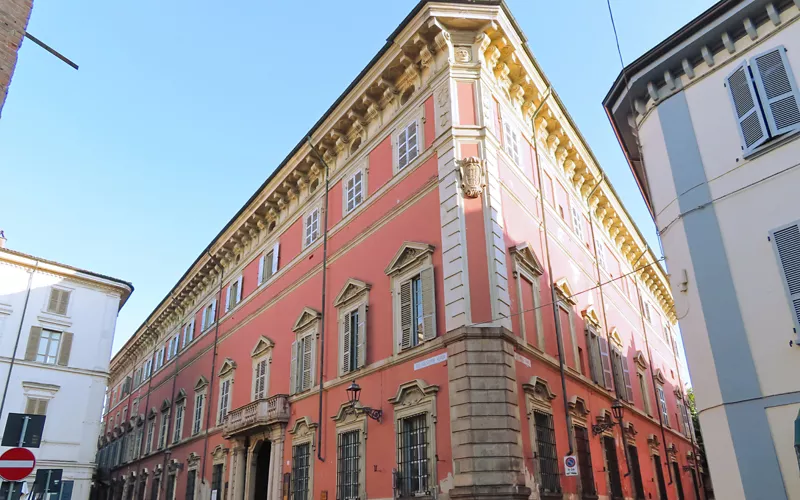
Numerous noble residences line the streets of the city centre. Chosen by the Farnese as the site of the Council of Justice, Palazzo Landi is the most fascinating example of a Renaissance-era noble residence in Piacenza. No less impressive are Palazzo Somaglia, Palazzo Malvicini Fontana di Nibbiano, Palazzo Scotti di Sarmato, and many other prestigious aristocratic homes.
Ecclesiastical buildings
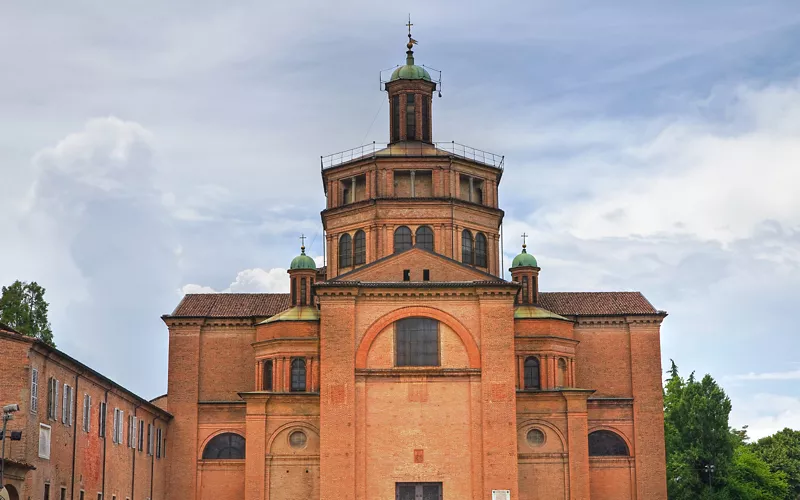
The Farnese's industrious and ingenious building programme was not limited to the construction of residential or official buildings; indeed, their fruitful artistic activity is attested by the erection of many ecclesiastical buildings. The former Church of San Vincenzo in Via Scalabrini, now used as an auditorium, houses the rehearsal space of the "Luigi Cherubini" Youth Orchestra, directed by Riccardo Muti. The orchestra's wonderful harmonies fill the Sala dei Teatini, which is decorated with magnificent frescoes.
Despite its neoclassical facade overlooking the Stradone Farnese, the interior of the former Church of Sant'Agostino, now home to an art gallery, boasts one of the finest examples of Renaissance architecture.
Other sights of unparalleled beauty include the Teatro dei Filodrammatici in Via San Vito, the Basilica of Santa Maria di Campagna and the Church of San Sisto.
An incredible sight to see firsthand is the evocative cycle of frescoes painted by Guercino in the first half of the 17th century on the cathedral dome: ascending to a height of 27 metres to admire the maestro's immense work up close is a unique experience.
Our itinerary to discover Piacenza could go on and on. The city is like a huge treasure chest that holds, behind the walls of its noble residences, a heritage of art, history and culture that never ceases to amaze.

